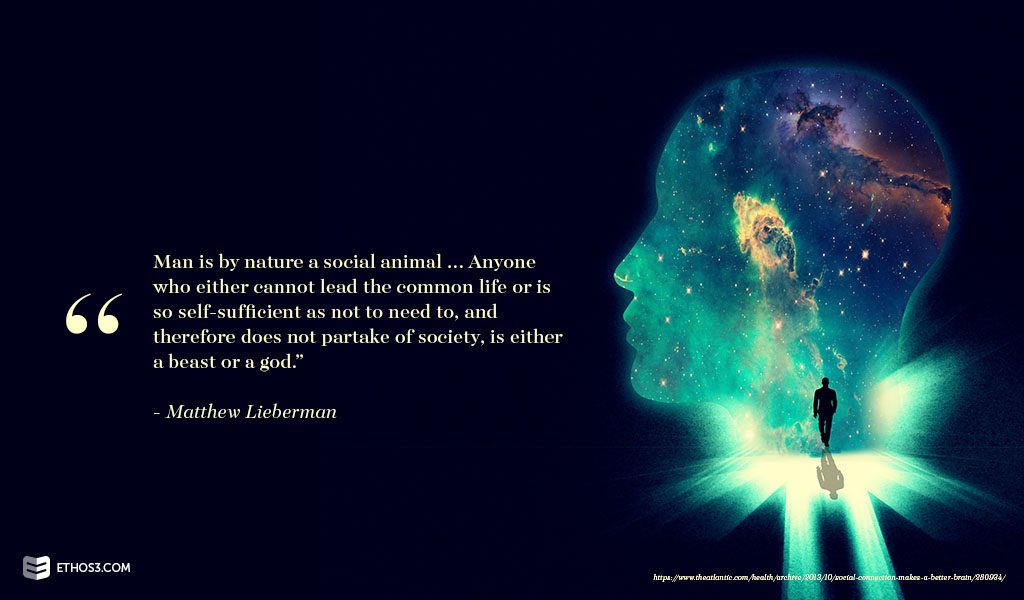This week, parts of the United States witnessed a total solar eclipse. The event brought together the country, as thousands traveled to their nearest city on the path of totality. Psychologist Kate Russo talked to the Today Show about how an event like this unifies people. “It gives you the potential to understand that there are much bigger things happening than the trivial concerns or our preoccupation with differences,” Russo says. She calls it a bonding moment.
This got me to thinking about bonding moments in presentations. How can we make audience connections? Is it possible to feel more unified during a presentation? We are only granted a certain amount of time to share our message. How do we make the most of it?
The Psychology of Making Audience Connections in Presentations
The Neuroscience of Connections
Let’s start with the neuroscience of connections. Why do humans care so much about other people? Neuroscientist and psychologist Matthew Lieberman says our brains are wired to connect in an article for The Atlantic. “Man is by nature a social animal … Anyone who either cannot lead the common life or is so self-sufficient as not to need to, and therefore does not partake of society, is either a beast or a god.” He says the brain’s primary purpose is social thinking.
Research shows that our brains are always thinking about connections. In the article, Lieberman’s research found that even when humans are in a relaxed state, our brains default to “social thinking.” We think about others and our relationships with other people. Lieberman says, “The default network directs us to think about other people’s minds—their thoughts, feelings, and goals.” This shows that the desire to make connections is not just an emotional or personal want, but a neurological need.
When we meet this need, we feel a rewarding sensation. The article cites an experiment that measured the brain’s reward center. The study says that the reward center was more active when people gave $10 to charity, and less active when people received $10. The article includes more fascinating studies that show how valuable our relationships are over material objects.
With this understanding of why we love being social, let’s explore some ways you can make the best audience connections in your presentation.
Make Connections in Presentations
The best way to open yourself to valuable connections with your audience is through being approachable. This has to do with your body language and how many opportunities you give your audience to engage with you. With often get so caught up with what we have to say that we forget that the most important part of the presentation is the audience. If you can’t get them to walk away feeling connected to you, then your message will also be forgotten.
Body Language
How we present ourselves is just as impactful as the information in our presentations. Body language, facial expressions and mannerisms makes up 85% of what an audience remembers from a presentation. It’s important to practice your presentation in front of a mirror and in front of others. Get feedback to make sure you are avoiding crossing your arms or looking down. Both of these can close you off from an audience. Make stronger audience connections by paying attention to your body.
Engagement Opportunities
There is plenty of time to speak with members of your audience. Before, during and after your presentation are all opportunities to make a connection. You can start off your presentation with a poll. Get a feel for what your audience thinks about your presentation topic before you begin. Remember that our attention spans are short, and after 5 minutes your audience will drift off. Have everyone take a break and mingle with your audience. When you return to finish your speech, it’s always valuable to set aside time for a question and answer session or a discussion.
Practice these techniques to make lasting connections with audience everywhere. For more on how to engage your audience, look at these related posts on the Ethos3 blog:
The Complete Guide To Knowing Your Audience
Engage Your Presentation Audience Through Emotional Triggers
